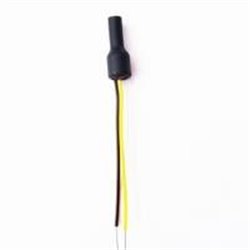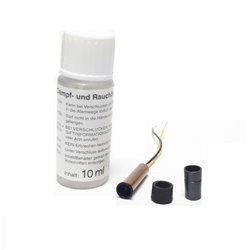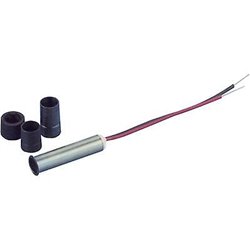Static grass puffer bottles work by manually charging model grass fibres with static electricity. When the charged...
No products
Product successfully added to your shopping cart
There are 0 items in your cart. There is 1 item in your cart.
Search Tips
How do you wire a smoke generator to your engine?
If you have decided to install a smoke generator to one of your engines, you will now be faced with the task of wiring it in. But don't worry, it's easier than you think.
The hardest part is finding (or making) a suitable space to physically house the generator, the subsequent wiring is a relatively easy process and instructions are supplied with smoke generators when you buy them. But to give you an idea, most smoke generators will come with two wires attached, these wires are to be connected to your "engine's pickups". Most modellers when hearing this panic that this will mean soldering wires to the wheels or the delicate brass pick up contacts. In reality though, anywhere in your engines circuitry is fair game.
The important factor when deciding where to connect to your model's power supply, is that you wire the generator in parallel to your engine's motor. This means that you will be tapping into your engine's wiring loom before it reaches the motor, and attaching the generator's return wire after the motor, that way if your smoke generator develops a problem, your loco will still run. This is the same way your home lights are wired: if a bulb blows, the others keep providing light!
A top tip is to double-check that the smoke generator you are buying is designed to run on the appropriate voltage for your locomotive. All generators are clearly labelled with their optimum operating voltage, choose one with a voltage too high and your locomotive is unlikely to generate any smoke at all, equally if you are accustomed to running your trains at full speed, a smoke generator with a low operating voltage will not last too long. Voltage is also something that you will need to give consideration to if you are thinking of fitting a smoke generator to a DCC model (which is a whole different ball game!).
Click here to receive the tips weekly in your mailbox. You can unsubscribe at any time.










